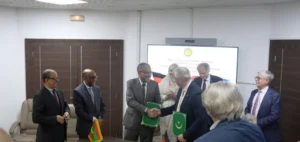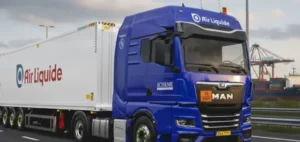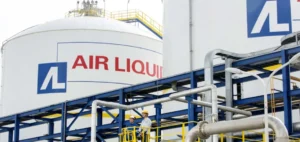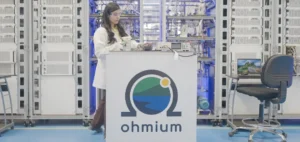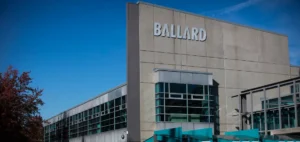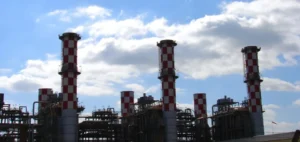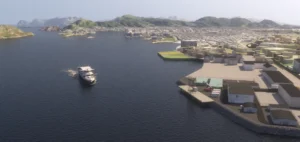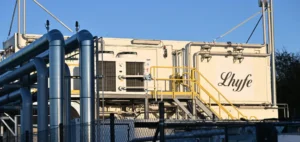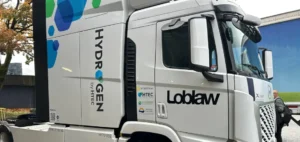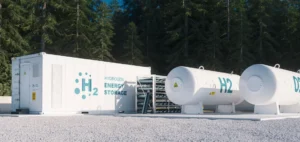Spanish group Enagás officially launched its Conceptual Public Consultation Plan (PCCP) on April 25 for the hydrogen backbone network in Spain. The presentation took place at the National Hydrogen Centre in Puertollano, Castile-La Mancha, in the presence of several government officials. The project will span 13 autonomous communities and more than 550 municipalities, covering a total of 2,600 kilometres of new or repurposed underground pipelines.
Regional launch and progressive schedule
Castile-La Mancha is the first stage of the participatory process, with workshops organised in 13 municipalities of Ciudad Real province between April and June. The PCCP will then roll out to other Spanish regions, including Andalusia, Extremadura, Catalonia and Navarre, over an 18-month period aligned with engineering studies. A final report will be drawn up at the end, compiling input from citizens, local authorities and over 380 public and private entities.
The plan aims to inform stakeholders about the infrastructure’s features, answer technical and territorial questions, and integrate feedback early on, particularly to mitigate land impact. Enagás specified that over 80% of the network will follow existing gas infrastructure corridors, with 21% relying on the reuse of existing pipelines.
A community interest project supported by Brussels
Enagás’ Spanish hydrogen network has been recognised as a Project of Common Interest (PCI) by the European Commission, in accordance with Regulation No. 347/2013. In January, the European Climate, Infrastructure and Environment Executive Agency (CINEA) granted 100% of the requested funds for preliminary studies: €40.2mn was allocated for Spain’s domestic network, and €35.5mn for the H2med corridor, including interconnections with France (BarMar) and Portugal (CelZa).
The initial layout includes five major axes: the Vía de la Plata (875 km), the Cantabrian Coast (440 km), the Levante (505 km), the Castile-La Mancha transverse axis (235 km) and the Ebro Valley (535 km). Three compressor stations are planned in Coreses, Tivissa and Villar de Arnedo. Additionally, remote control and permanent monitoring systems will be installed at 110 valve points spaced every 20 to 30 kilometres.
Strengthened technical capacity and established regulatory framework
Enagás has launched the conceptual engineering phase for the entire network and awarded the first basic engineering contracts for compressor stations and associated equipment. The company has also pre-selected pipe and compressor suppliers and reinforced its technical teams.
Last November, Enagás submitted four new sections of the main network to the second round of PCI project calls, covering an additional 1,480 kilometres. These sections are planned post-2030 to ensure connection of all Iberian Peninsula autonomous communities to the hydrogen network.
By royal decree, Enagás has been designated as the provisional Hydrogen Transmission Network Operator (HTNO). Its subsidiary, Enagás Infraestructuras de Hidrógeno, received approval from the Council of Ministers in July 2024 to launch the first phase of the network, including the PCCP, which was validated by the Spanish Ministry for the Ecological Transition in January 2025.



